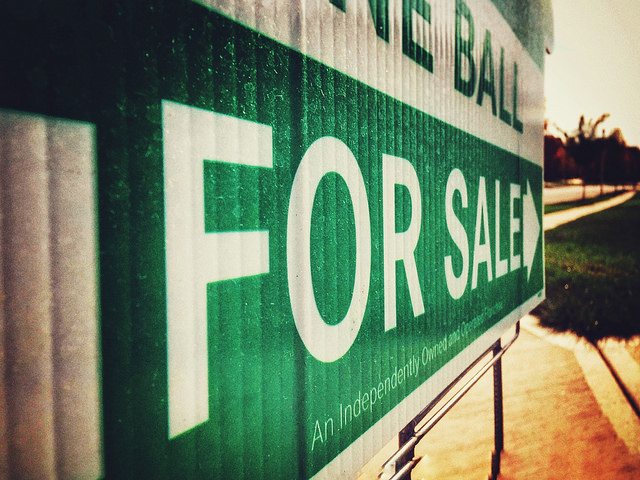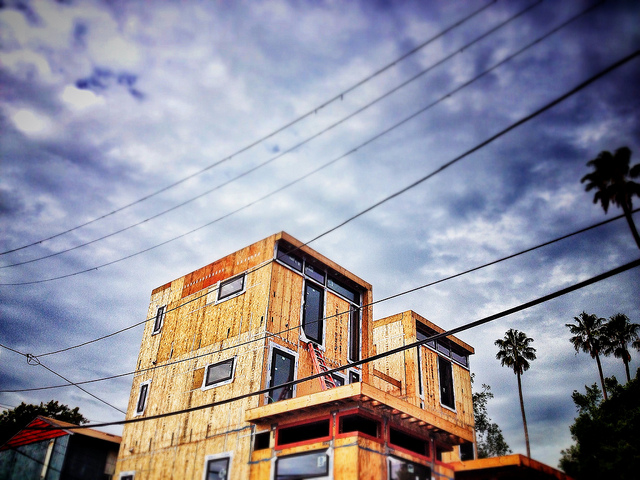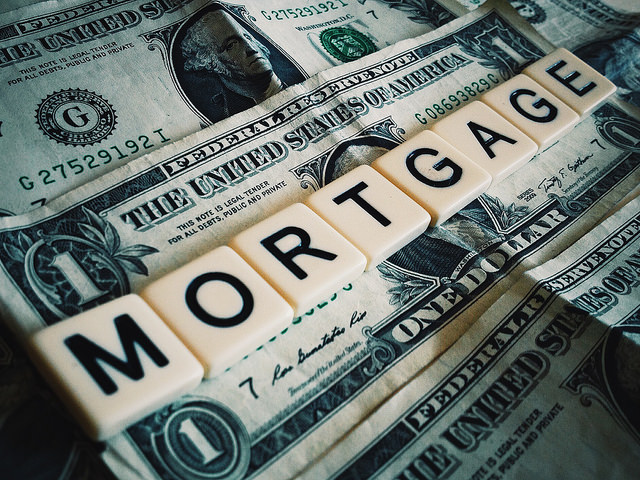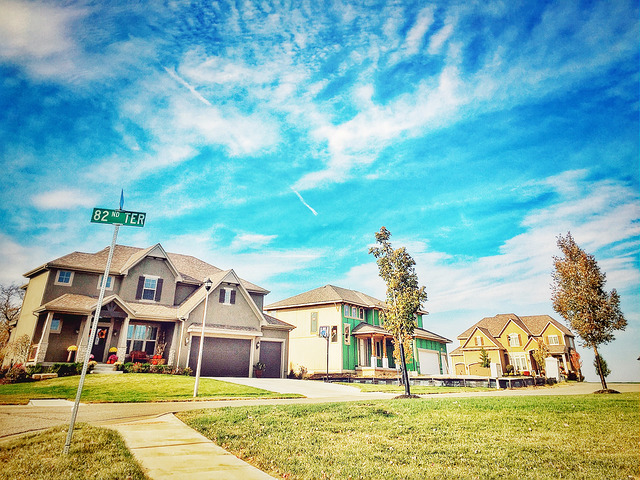When it comes to real estate, most people know that location is key. Market conditions can differ from one neighborhood to the next. But location isn’t the only thing affecting the conditions you’ll encounter when shopping for a house to buy. Your price range will also have something to do with it. For example, the National Association of Realtors’ consumer website recently released its 2018 Luxury Home Index and the results show luxury home buyers face a far different market than buyers who are looking for a more affordable home. That’s because, while overall home price increases are showing signs of slowing down, in the luxury market they’re gaining speed. In fact, according to the index, there are a rising number of areas with double-digit price growth from the same time last year. In Sarasota, the nation’s fastest-growing luxury market, prices are up 21 percent from last year. Another difference between the overall market and the top 5 percent of all residential sales is the fact that luxury homes stay on the market longer. Luxury homes in the 90 counties analyzed were on the market a median of 121 days. More here.













